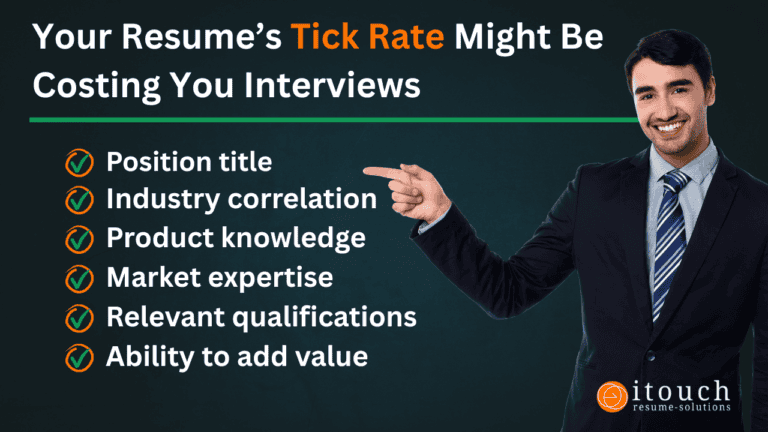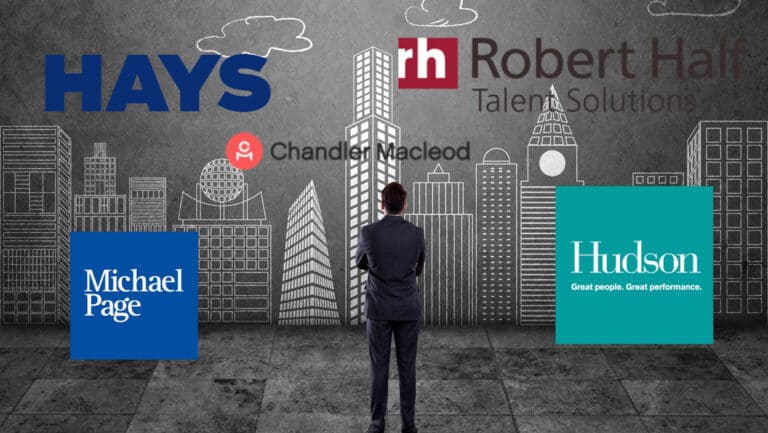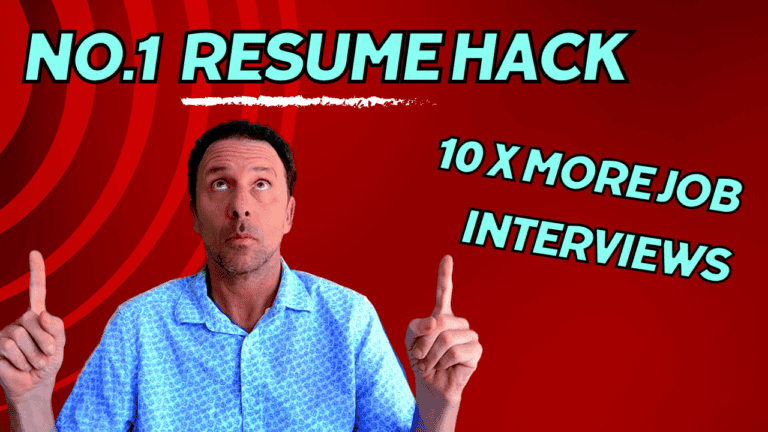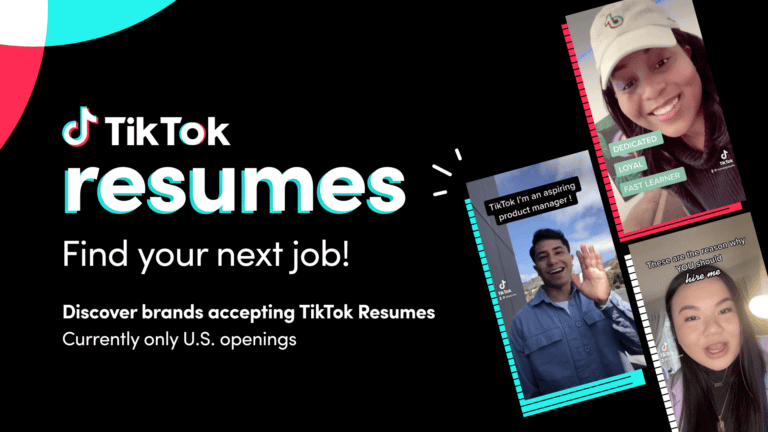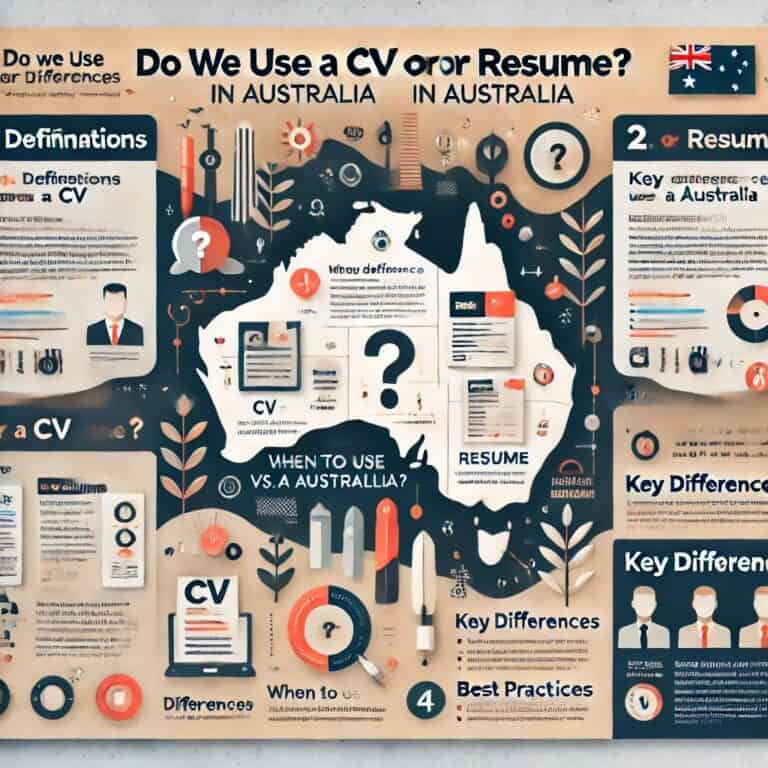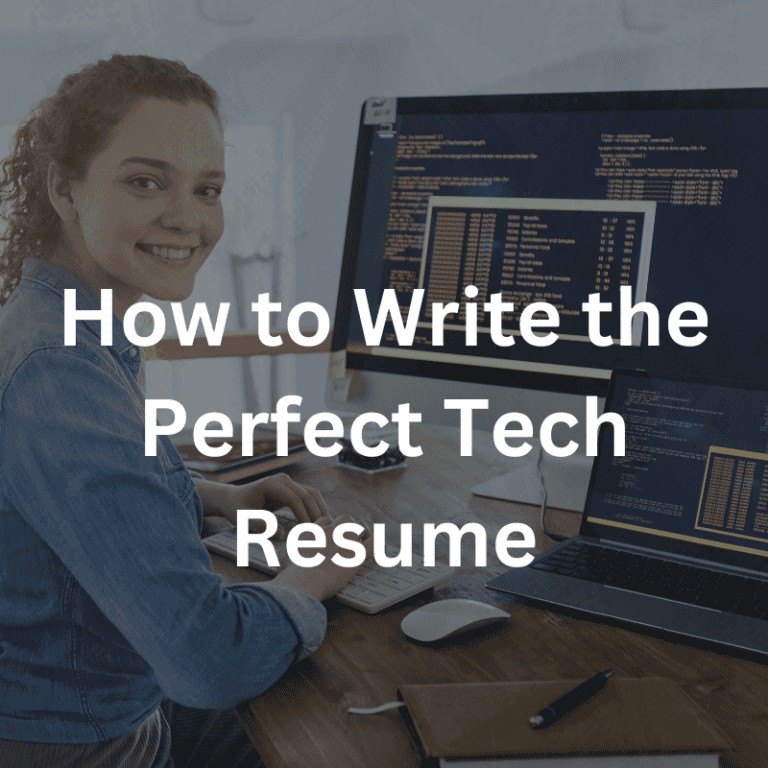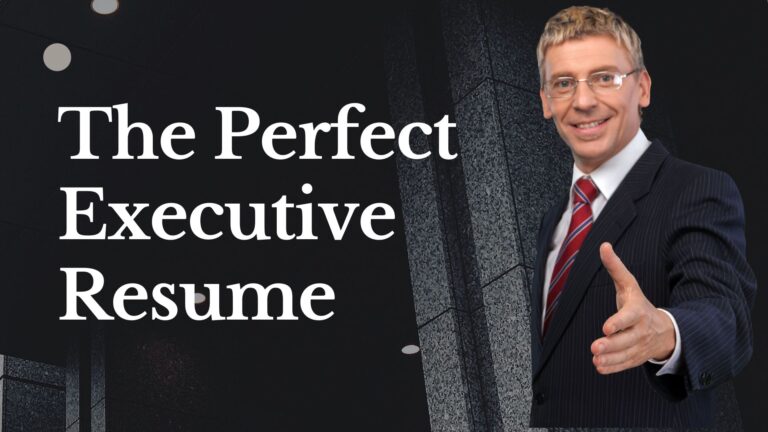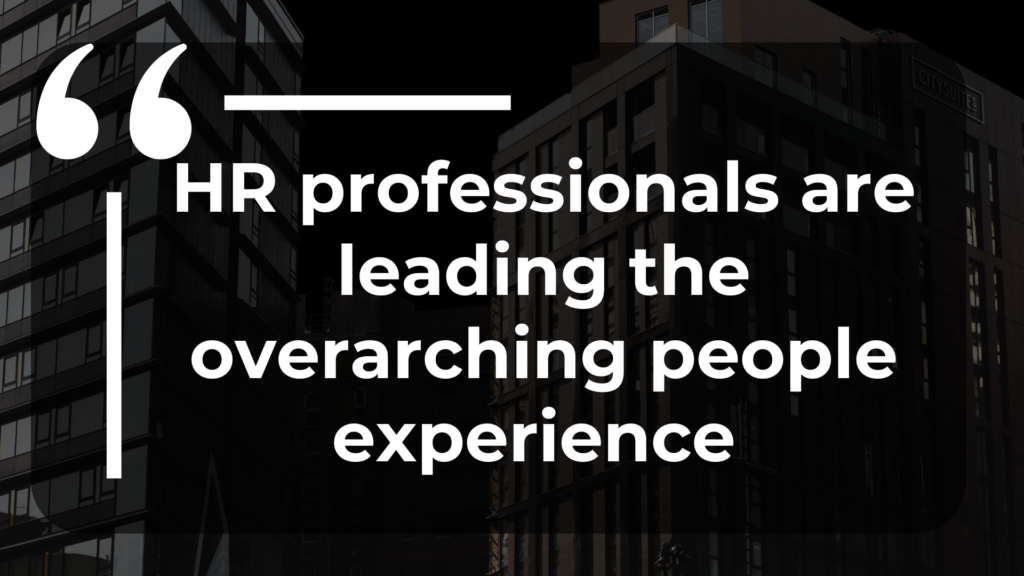
A career in human resources can be richly rewarding. The sector has also changed dramatically and so have the demands of each role. Here we have put together a guide to help you improve your resume content, how you market yourself, and how you can significantly improve your chances of success (and visibility) in a crowded market.
Key Takeaways
- Tailor your HR resume by understanding your target market, including specific roles and industry expectations, to enhance your chances of getting noticed.
- Choose the right resume format to highlight your relevant skills and experiences effectively, whether it’s reverse chronological, functional, or a combination format.
- Incorporate research, constructive feedback, and metrics to create an engaging, achievement-focused resume that makes a strong impression in under 10 seconds.
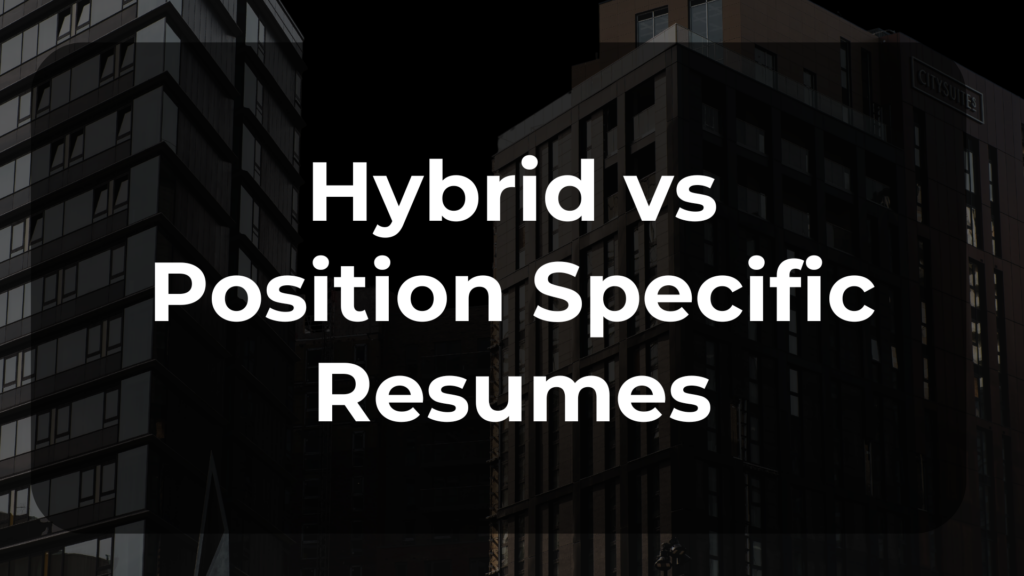
Planning Stages – hybrid vs. position specific
Given the sheer number of HR positions available in today’s market, it’s tempting to jump into crafting your resume and create a one-size-fits-all document that you hope will perform across multiple roles (applications) i.e. a so-called hybrid or generic resume.
Whilst this may work in some cases, given the sheer number of applications and many businesses now receive and the expectations of employers when going to recruit a market, you may need to rethink how you target and showcase the content of your resume. Therefore, it’s important that you both determine your target position, as this will help guide you through the stages of content development.
For example:
If you are a HR Generalist, chances are you have covered a broad array of different tasks ranging from employee relations through to recruitment, business partnering, learning & development, and talent development. That’s great for roles of advertising HR Generalist or HR Partner positions, but if you are looking to target more specific People & Culture (P&C) positions, then your need to rethink about the strategy and content you are showcasing. Same would go for those targeting learning and development (L&D) positions, the content needs to align with that part of the market, otherwise if you showcase a HR Generalist role, then you’ll only be demonstrating 10% of L&D skill sets (which won’t be enough if you’re competing directly with other L&D experts).
Industry type
You should also consider the different industry types that you are applying to, as you will need to weave into your resume industry specific content and knowledge. This may include compliance and regulatory, EBA awards, specialist OHS/WHS and employee well-being, licenses and certifications, unions and industrial relations (IR), and different types of projects and contracts the company might be engaged in. These nuances can significantly affect how potential employers perceive your resume.
What level of job are you targeting?
Thinking about the level of job you are targeting, will help you further shape the content of your resume. It’s so important to cut out noise, and focus content that is purely aligned with specific job types. Each level requires a different approach in terms of the skills and experiences you highlight in your resume.
For example, if you are an experienced Senior HR professional with 30 years of experience who is now wanting to step down from leadership roles, there’s simply no point in trying to present content that is heavily focused around strategy, leadership, business transformation, mergers and acquisitions, etc. If you do this, your simply be sidelined into the “too experienced” pile. There is the argument that if you present a full array of skills, and employer will be getting a lot for their money, however, that argument typically fall short when an employer is considering longevity and how quickly some who is too experienced may become a little frustrated and bored in a lower-level role. You need to convince them otherwise.
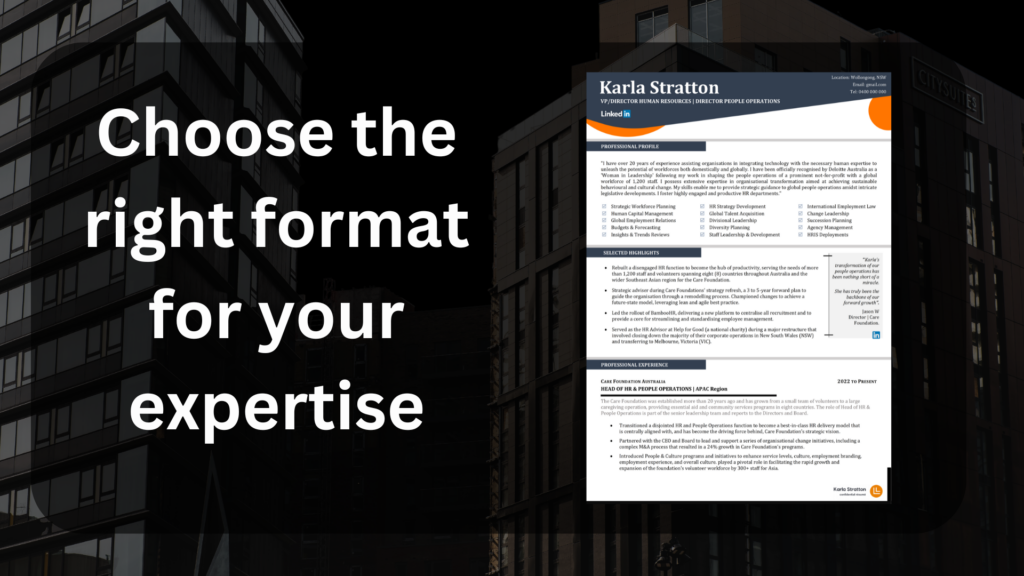
Consider what type of format resume will best suit your needs
Selecting the appropriate resume format is vital for both how you display your experience as well as how your experiences been visually interpreted. You’ll find many different resume examples A reverse chronological resume format will likely serve the majority, and is the most natural format which lists your work experience in reverse chronological order, starting with your most recent job. This format is ideal if you have a strong, continuous work history that is relevant to the HR roles you are targeting.
However, those who may have gaps in their employment history, are looking to switch careers, or have a diverse job mix (that isn’t directly related to HR), then other formats may serve you better. A functional resume, for example, allows you to highlight specific HR skills that may not be evident or may get lost in a reverse chronological format
Chronological and functional formats will allow you to highlight your skills and experiences while also providing a chronological work history. This format can be particularly useful for HR professionals who have a mix of relevant skills and a stable work history.
Furthermore, those at the senior and leadership level may want to consider a format that incorporates ways of showcasing specialist projects and achievements.
Above all, you also need a resume that is cleanly laid out, visually appealing and easy to read (navigate).
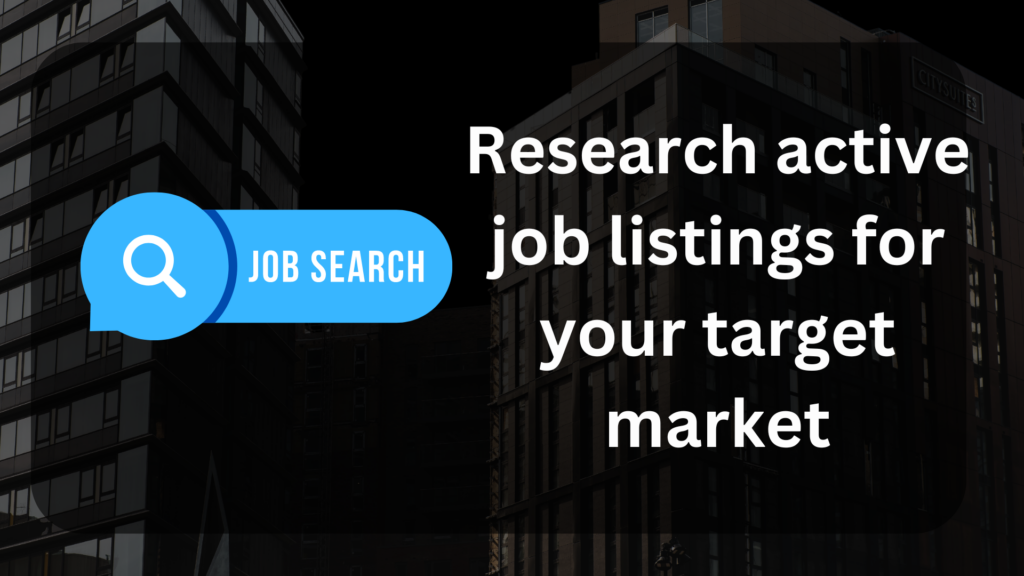
Research, research, research
whilst you might be chomping at the bit to start writing your resume, you need to go back to the first steps of research and understanding your target market. This is such a critical component, otherwise you’ll end up writing lots of content, creating lots of noise, but missing essential key points within the resume that need to be market or position target specific.
Start by reviewing and assessing different job descriptions and adverts to understand what the market is asking for. Both LinkedIn and SEEK are a great way to quickly review and analyse the different jobs being advertised, and will help you quickly target and isolate areas of content that you may need to highlight in your resume.
Identify the common competencies and skills that employers are seeking at the level you are targeting. This will help you understand what to highlight in your resume. For example, if a job description emphasise the need for change management or business partnering, you’ll know that this is a common trait that you will need to push through the resume. Try to look for 5 or 6 industry specific competencies.
Start getting excited (positivity)
A positive mindset before commencing the writing of your resume can significantly enhance the content you write. Think about it like this, if you wake up in a bad mood, chances are the first conversation(s) you have with others might be defensive or aggressive, and you’ll find people will want to stay away from you (for good reason!). But, if you wake up refreshed and loving life, this will resonate with others who will love connecting with you. Therefore, your attitude when preparing the content of your resume can absolutely influence what you write.
A positive attitude can be contagious. Positive, achievement-focused content makes you appear as a motivated and capable candidate. So, get excited about your career and let that excitement shine through in your resume.
Strong with a strong opening statement
Your opening statement is your initial chance to impress potential employers. It should clearly convey your market identity and HR expertise. Ensure your opening statement is concise and focused. Furthermore, think about what you are writing and how you want the content to be perceived. This is where it is ideal to include industry specific content if the option exists.
For example,
Generic opening “Experienced HR professional with a proven track record in employee relations, talent acquisition, and organisational development. Passionate about creating positive work environments and driving business success through strategic HR initiatives”
Industry specific… “Experienced HR professional with extensive knowledge of the finance sector, having served as a HR partner with CBA, NAB, and Australia Super. Passionate about leading changes during complex regulatory reforms.”
We can see from the industry specific opening, immediately we are capturing the readers interest as we are both dropping the industry sector as well as company names within a sector. This can make a huge difference
For even better results, tailor your opening statement to the specific role you seek.
A well-crafted opening statement sets you apart and grabs attention. Take the time to write a strong, compelling statement that clearly communicates your value and expertise.
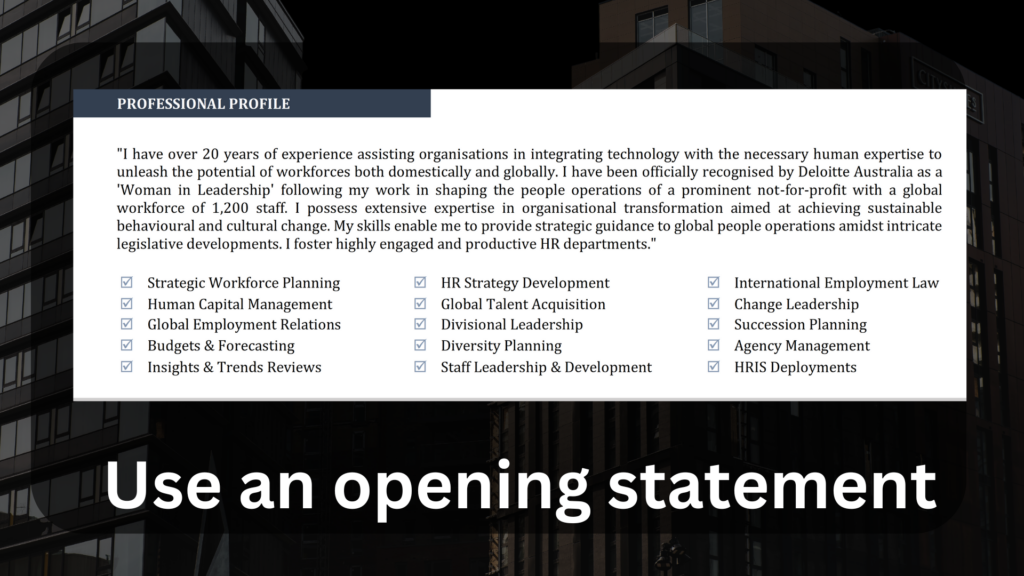
Add a skill set box
A skill set box under your opening statement helps the reader quickly identify your skills and expertise. It’s especially useful when your CV is being compared against multiple other applications. This is where the core competencies research will come in handy, as well as the research into job specific content. This might include skills such as talent acquisition, employee relations, performance management, and organisational development, as well as industry specific such as Bamboo HR, ASIC Compliance, Mining Acts, etc.
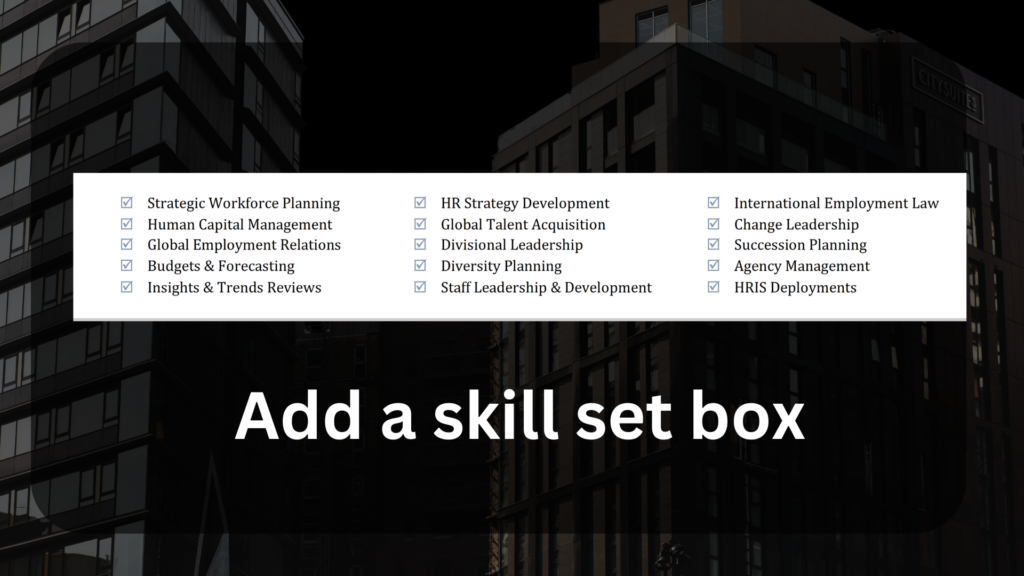
Crafting the Content of your Resume (STAR Method)
Cast you mind back to when you have been recruiting and how quickly the content of a professional resume can make a difference to whether you read on or how quickly you can switch off. Resumes that grab the reader’s interest typically are showcases industry specific content, drops company names (competitors), and has an impactful meaning to their content.
Consider using the STAR (Situation, Task, Action, Result) method to help you write your resume. This will help you write engaging, achievement-focused content.
Start by describing the Situation you were in, followed by the Task you were assigned. Next, explain the Action you took to address the task, and finally, describe the Result of your actions. For example, you might say, “Situation: Low employee engagement scores. Task: Improve employee engagement. Action: Implemented an employee engagement program across 400 staff. Result: Increased employee engagement scores by 30% within six months.”
The STAR method offers a clear, structured way to present achievements. It also makes your resume more engaging and easier to read, as it provides specific examples of your skills and experiences in action. Quantify achievements with metrics or numbers to make contributions tangible and impactful. For example, instead of saying you improved employee retention, say you increased employee retention by 20% over two years. This provides concrete evidence of your accomplishments and helps you stand out from other candidates.
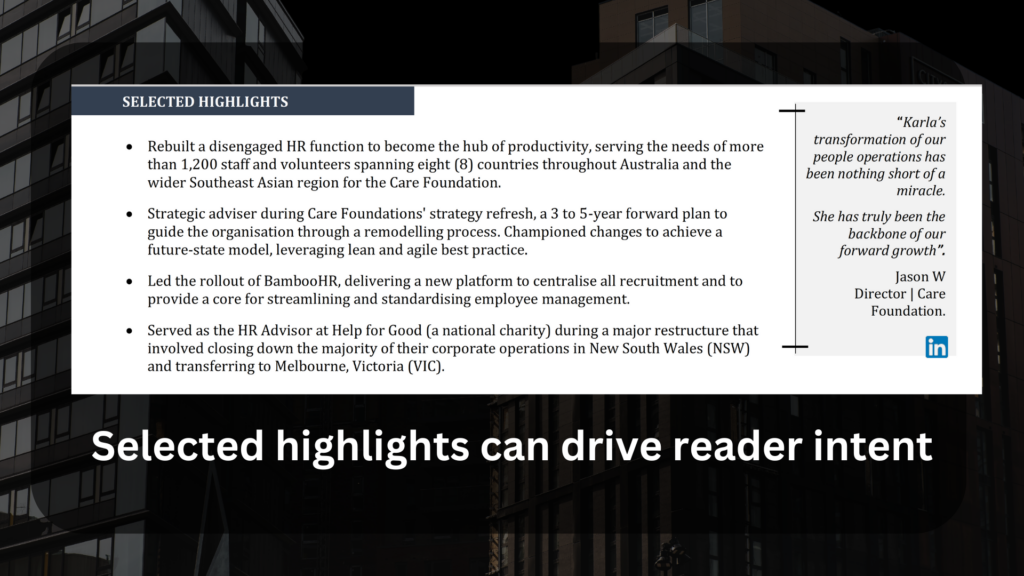
Keep in mind the 10 second role
if you have been involved in recruitment, you’re likely know that in the San 10 seconds of reviewing a resume you have decided whether you will read further. Or click the close button This means you need to make a strong impression quickly.
Capture attention by incorporating the research and industry specific content we have mentioned above. Use clear headings, bullet points, and a clean layout to make key information stand out. Your opening statement and skill set box should be prominently positioned and packed with relevant, impactful content.
Consider using a position title similar to LinkedIn Headlines on your resume.
Highlight your most impressive achievements and qualifications at the top. This helps to immediately convey your value and encourages the reader to spend more time reviewing the rest of your resume. Remember, the first 10 seconds are critical, so make sure your resume is designed to make a strong, positive impression from the start.
Make sure you’re seen as a proactive collaborator
Employers are looking for HR professionals who can deliver a proactive partnership across all areas of the organisation. Therefore, showcase your HR skills and experiences in a way that demonstrates your ability to work closely with other departments and provide guidance within the realms of HR positioning you as a valuable partner.
Positioning as a trusted HR partner makes your resume compelling and differentiates you from others. It will give employers the confidence needed to know that you can effectively engage with all levels of the business, from leadership through to frontline staff
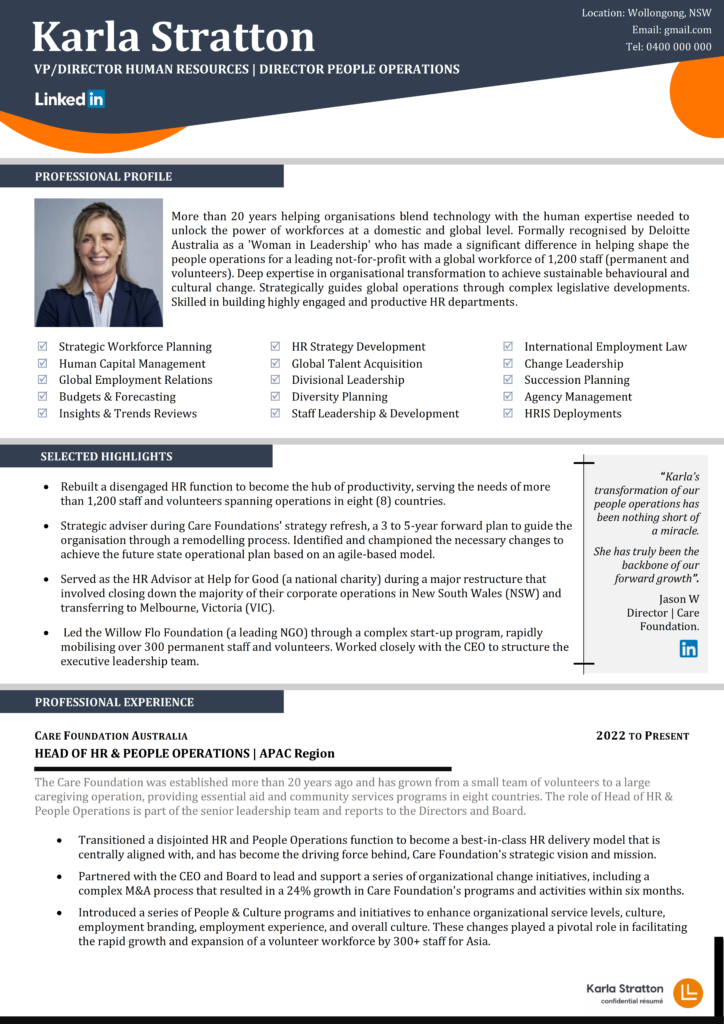
When building the content of your resume, think about ATS systems
As an HR professional, you are likely already familiar with the importance of Applicant Tracking Systems (ATS) in the recruitment process, especially platforms such as BambooHR, Jobvite, SAP Success, Oracle Taleo, etc. So you will need to think about your keyword strategy and how you can increase your rankings on the ATS platform. Keep in mind, generic phrases are likely to be included in all resumes. Whereas, ATS filters may have been set up to screen applicants with specific terminology.
Seek constructive feedback on your resume
Now you have your resume, the next step is to seek feedback from trusted colleagues, mentors, or professional resume writers. Constructive criticism offers valuable insights and helps identify improvement areas. Ask for feedback on the overall layout, content, and how well your resume aligns with the target roles you are applying for. A fresh set of eyes can go a long way in catching mistakes or suggesting improvements.
Refine and polish your resume based on feedback – and sleep on it! Incorporating constructive criticism can help you create a stronger, more effective resume that stands out to potential employers and increases your chances of landing an interview.
Don’t expect immediate results
When first applying to jobs, it’s very easy to expect immediate results. However, it takes time. Monitor the results and track your progress after sending out your resume. If positive responses or interviews aren’t forthcoming within 4 to 6 weeks, reassess and update your resume.
Heed feedback from recruiters and hiring managers and look for response patterns. Identify specific areas where your resume might fall short. Are you applying for the right roles, or do you need to adjust your content according to the market?
You may also need to consider using more than one type of resume for different types of positions.
Don’t be afraid to experiment with different formats, content, or approaches to see what works best. The job market constantly changes, and small adjustments can make a big difference.

Final thoughts…
Building a great HR resume takes planning, research and attention to detail. Know your market, choose the right format and research the job descriptions and you will have a resume that stands out to employers. We can’t stress enough how important research is in building the content of your resume. Get constructive feedback and remember the 10 second rule. Monitor your results and be willing to adjust as needed to improve your resume. And most importantly if you’re not getting results don’t blame the market. Just adjust your strategy.
